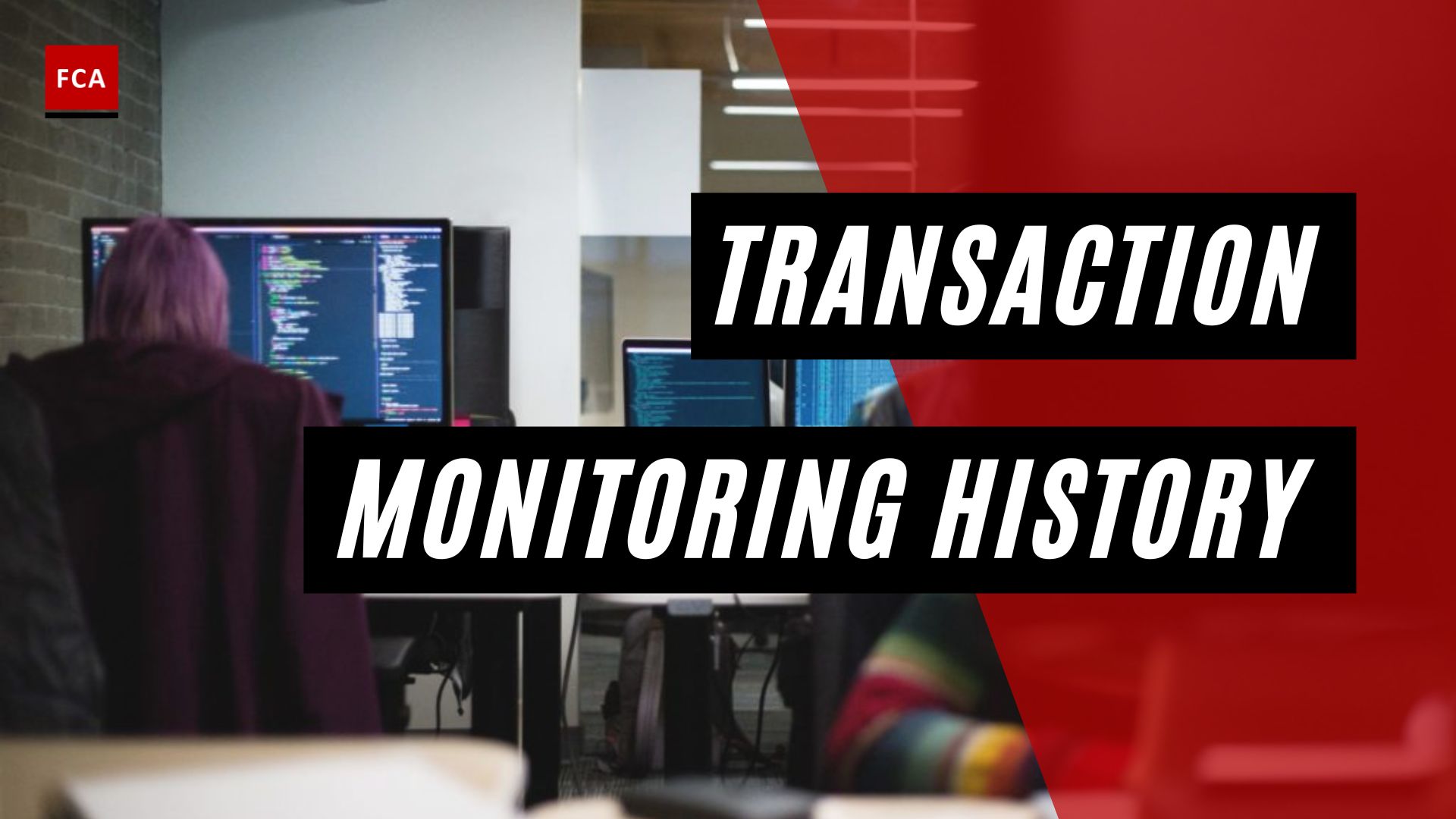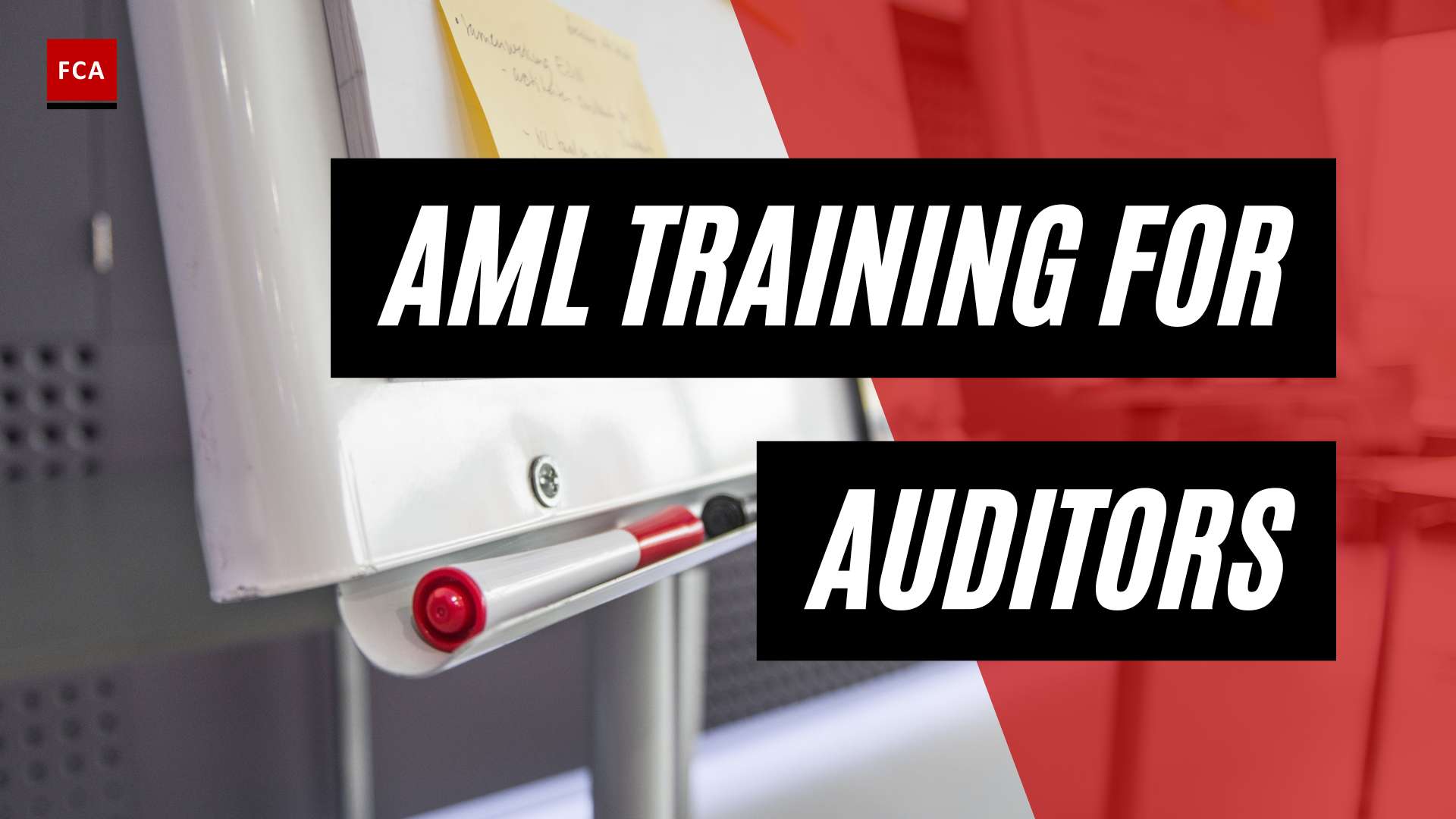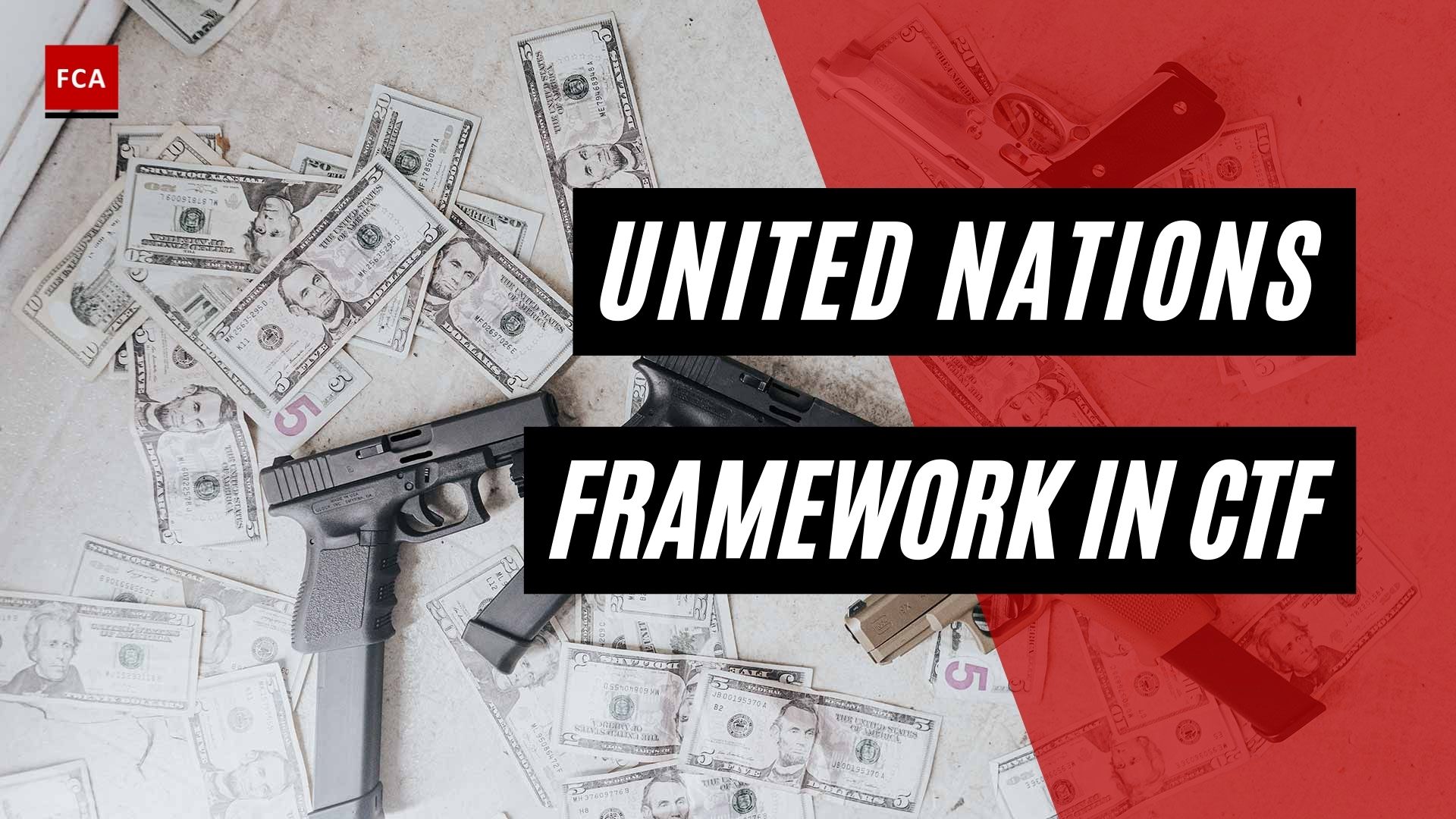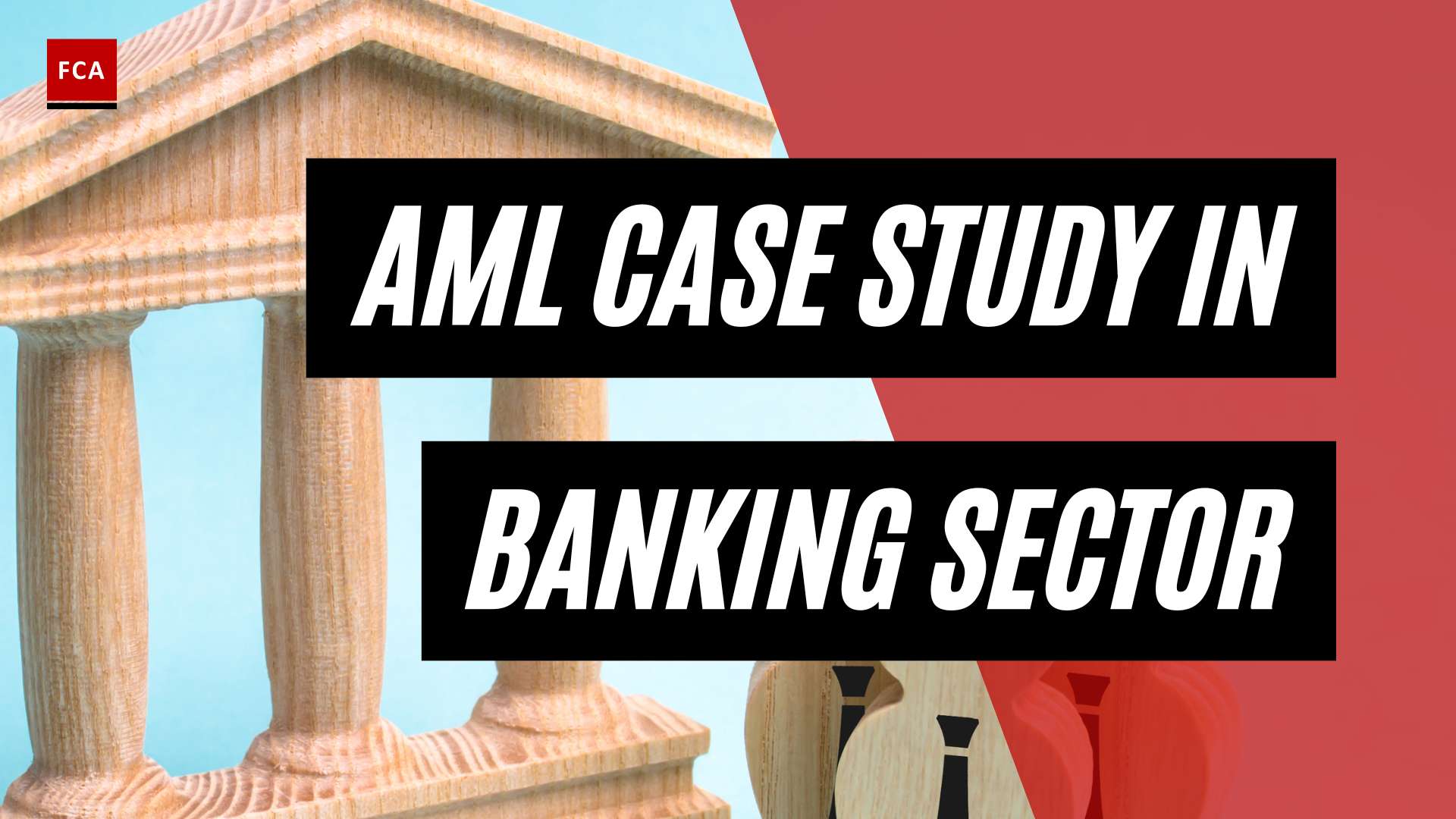Money laundering is the concealment or disguise of the origins of illegally obtained proceeds in order for them to appear to have come from legitimate sources. In money laundering, layering is the process of making multiple transactions in order to conceal a criminal’s tracks. As a result, layering obscures the origins of illegally obtained money or other assets.
What Does Layering Mean in Money Laundering?
It is the second stage of money laundering after the illicit funds have been mixed with legal funds or were deposited in a bank account during the placement stage. Transactions disguise the illicit nature of funds to make them appear as legal monetary funds.
Case studies are discussed to show the process and what supporting Know Your Costumer, or KYC documents will show to deceive an Anti Money Laundering/Counter Terrorist Financing, or AML/CTF specialist. It also shows how deep due diligence should go to remain doubt-free when onboarding a client.

CASE STUDY 1
On the 23rd of September, the education minister announced a new tender for constructing one elementary school and one kindergarten. The budget was 10 million euros for the elementary school and 7 million euros for the kindergarten.
The ministry publishes an invitation to tender under the rules of the Directive 2014/24/EU applied to public procurement and has exceeded a contract volume of 5,350,000 euros for construction contracts. Several companies submitted a proposal and a budget forecast, and the examination is underway, which was a timely process, and the closing date was not reached.
The minister’s childhood friend, whom he knows from school, owns a construction company. Neither the minister, his relative, any business associate, nor a person with that he shared accommodation over the past 12 months is involved in the construction company. Apart from their common school time and private friendship, no cross-ties or interlinks exist.
During a private visit to the entrepreneur’s private home, the entrepreneur discusses the tender for the two construction contracts. Upon being asked by his childhood friend about it, the minister of education told within a four-eyes conversation that the best bid he got was 9 million euros for the construction of the elementary school and 6 million for the construction of the kindergarten. The entrepreneur offers to the minister to execute these two contracts and claims that his construction is capable of building the elementary school at a total budget of 6 million euros and building the kindergarten at a total budget of 4 million euros.
The entrepreneur will use an unskilled workforce, and inferior materials yet will declare the workforce as skilled and the materials as adequate. He would submit a bid of 8 million euros to build the elementary school and a bid of 5 million euros to build the kindergarten. The margin of 3 million euros is said to be shared between them within a private agreement. The childhood friend’s company is put forward in the tender and assigned for the contracts within the ministry.
The revenue will be generated within the construction company of the minister’s childhood friend and appear legal, legitimate, and lawful. However, the deficiencies in the quality of materials and workforce constitute fraudulent business conduct. Hence, the proceeds derived from fraud, corruption, and inducements made to a Politically Exposed Person, or PEP. The term dirty money applies.
The minister’s sister, daughter, and son own IBCs, with nominees acting on their behalf within a trust deed to protect the UBO from public exposure.
All three persons qualified as PEPs and remained subject to enhanced due diligence. The nature of business of the IBCs is consultancy services, such as Environmental Studies, Gender Equity Studies, consultancy on Management and Organizational Structuring, and Human Resource Management. The construction company was not interlinked.
The IBCs and the construction company enter into service agreements. Studies are ordered and developed on gender equity, the innovative internal organization of companies, and environmental issues regarding constructing a shopping mall that can serve 500,000 customers in a rural area with 7,000 inhabitants. The rates agreed upon remained at arm’s length, which means that the service charges for the studies do not favor preferential treatment and the service charges remain within the usual level for such tasks. The supporting documentation is created for the orderly performance of the studies.
The financial statements of the IBCs after the year-end show the revenue sources and the loan as receivables. The minister’s sister, his daughter, and his son all transfer the money from the savings account at their bank.
From the private bank accounts related to the sister, the son, and the minister’s daughter, the money from the loan agreement is transferred to a private asset management account at a family office. The family office’s asset manager invests the money in the stock markets and creates an additional profit. Upon maturity, the portfolios become liquidated to a certain extent, and the money is credited into an account under the company’s name, which belongs to the minister’s family, including himself. This company holds assets such as boats, real estate, and motor vehicles used by the UBOs and finances other expenses of the UBOs.
In this case study, a link might only be constructed from the origin of the money that was obtained under fraudulent circumstances and then laundered within the scope of a criminal investigation over the practices of how the Ministry decided in the first place to assign the construction company of the minister’s childhood friend. Assets would be subject to confiscation upon a judgment and court order accordingly.
For us, working in the financial industry, it would not be possible to walk the whole trackback. Our due diligence will start at the family office should the UBOs decide to assign another external asset manager at this stage. The latter being highly unlikely, of course.
CASE STUDY 2
In this scenario, we are presented with organized crime activities in the world. Frequent illegal deals and narcotics are traded in secrecy, known as the drug syndicate.
The dealers of the syndicate settle their trades in cash. They cannot use the large cash amounts that the group is hiding and keeping. Smaller amounts are used for the spending of the group members.
The group wants to establish a company via professional enablers to launder their larger cash amounts. The group acquires worn-down real estate in an area with high crime and unemployment rates. In return, the group has few hurdles to becoming rightful owners of the real estate and contributes it as an asset to the newly established company.
While many of the apartments in the real estate remain empty, some compartments are occupied by unemployed persons or persons that are active in the field of prostitution and will also consume the substances provided by the group.
The group then generates rental agreements with non-existent or financially incapable tenants. The large cash amounts that the group received from the trades of illegal substances and by cutting into the earnings of persons that prostitute themselves to clients are now declared as rental income and payment receipts for cash payments are generated.
The company they had established holds at this point a legally acquired real estate and receives income from rental agreements, whose monthly rental payments are settled in cash. The group deposits the cash amounts in the company’s bank account against the presentation of the payment receipts to show the payments from tenants and the rental agreements per se. The bank will admit the placement.
The group establishes a second company, which will act as a holding company for the first one, and 100 percent of the shares are transferred to the holding company. The group chooses a jurisdiction with an IBC regime, such as an offshore jurisdiction. The group engages a nominee shareholder and a director for the offshore holding company.
The net profits from the company that still holds the real estate as its asset will transfer the net profits after taxes to the holding company. Depending on the country in which the group operates and where the company holds the real estate as an asset, the banks will apply a withholding tax on the outgoing dividend payments to the offshore holding company.
The Holding company located in an offshore jurisdiction is not subject to any tax declarations and has no obligation to provide audited annual financial statements.

Instead of receiving dividend income from abroad, the UBOs, the bosses of the drug syndicate, decide to take a private loan from their own company as a shareholder loan. The loan agreements are produced accordingly. Loans instead of dividend income mean the income is passive and must not be declared as income, which liberates the receiver from the obligation to pay income tax. Loan repayments on paper or settlements even provide them with a tax-deductible expense.
Newly incorporated companies are a sure indicator of abuse of financial services for money laundering activities. Hence, these indicators must trigger intense background research.
When the Syndicate member uses his funds from the loan agreement to invest in cryptos, for example, the following appears as supporting documents:
- Loan agreement
- Bank statement
- Certificate of Incumbency for Offshore Holding
- The ID of the receiver
- Full KYC of the offshore holding company
- Management accounts of the offshore holding show dividends from the real estate management company.
As an MLCO, you must understand that IBC is a possible tax evasion vehicle, and your due diligence includes the title deeds and research of where the real estate is located. World-Check could reveal possible investigations against the syndicate.
Final Thoughts
In money laundering, layering is the process of making multiple transactions in order to conceal a criminal’s tracks. As a result, layering obscures the origins of illegally obtained money or other assets. It is when illicit money is mixed with legitimate money or moved from one account to another. Layering frequently entails generating a large number of different transactions in order for the cash to vanish and be laundered.








